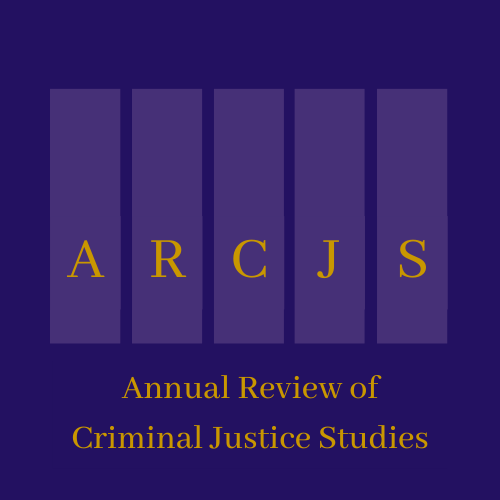Solitary Confinement
Perpetuation of a Carceral Society
Abstract
The correctional tool of solitary confinement has been brought back into popular use in the recent decades, bringing into question the reason for why this tool is continuing to be used despite its controversial nature. While previous studies have brought into focus the dangers of this disciplinary measure, there has always been a strong focus on mental impacts caused by the prolonged periods of social isolation. Reexamination of all impacts brought upon by the punishment method can help to solidify why this tool should be eliminated from the criminal justice system entirely. While there are significantly more mental impacts caused by solitary confinement, studies have also found there to be an appearance of physical changes brought by the punishment ranging from weight fluctuation to worsening of preexisting conditions. Additionally, the pressures brought on through the intense sensory deprivation can lead to worsening anxiety, PTSD, suicidal thoughts, and cognitive deterioration. One case that best exemplifies this intense mental degradation is the Reykjavik Confessions, an Icelandic case where suspects were placed in solitary confinement for extremely long periods of time to get a confession, leading to the falsification of memories, exemplified through one of the suspects journals. The use of solitary confinement as a correctional tool can lead to negative experience as the guidelines for use of the punishment are not fully detailed, allowing for use of it to be misused and abused. Currently, there are no benefits that should justify the use of solitary confinement in modern times. The deterioration of physical health, the exacerbation of mental health, and the loose guidelines that allow for abuse of power places solitary confinement in a position where the correctional measure should no longer continue to function in modern day society.


